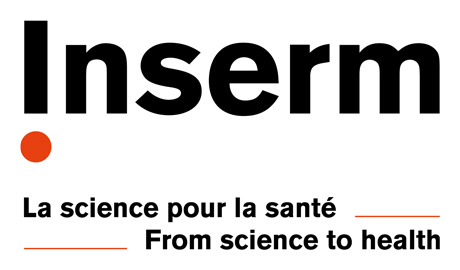DETAILS OF THE OFFER | CONTEXT
DBS: from genetic mutations to motor circuit dysfunctions & recovery
DBS is an exciting new interdisciplinary, collaborative, and multi-model project at the ICM. By bridging approaches across disciplines, the project’s goal is to build novel strategies to improve dopaminergic cell survival and deep-brain stimulation of resilient circuits in Parkinson’s disease.
Collective Interest Projects - Collaborative, interdisciplinary, innovative & transformative
As part of DBS, we will implement the hiring of post-docs each dedicated to one collective interest project to be co-supervised by two ICM team leaders, experts from different fields. The early-career researchers will receive training in the field that they have not received training on yet, either genetics, cellular physiology, imaging, optogenetics, behavior or modelling. We aim to attract high-level interdisciplinary researchers by offering world-class research facilities and double supervision from leaders in the relevant fields. You would be part of a dynamic community of young researchers within a highly collaborative environment.
In the project MAP-MODEL-MLR, the candidate will be hosted by Carine Karachi and Philippe Ravassard. Gait and balance disorders are a major disability in Parkinson’s disease (PD) that is not effectively managed by traditional deep brain stimulation (DBS) or dopamine replacement. The mesencephalic locomotor region (MLR) is a promising target for new treatments, although development is limited by the lack of methods to activate specific MLR neurons driving locomotion. We aim to generate tools for developing cell-specific approaches in the MLR, based on the hypothesis that activating specific MLR glutamatergic neurons can ameliorate gait disorders in PD. In this interdisciplinary project, the candidate will be responsible for two main tasks. First, he/she will generate a neuroanatomical and cellular atlas of the MLR in monkey and human. Using a large panel of 2D and 3D histology methods detailed maps of the MLR will be defined including localization of neuronal cell bodies based on neurotransmitter identity. Spatial transcriptomics data
within the studied region will be generated to provide refined molecular identity at the cellular level that will be aligned with the neuroanatomic data. Second, he/she will build a comprehensive single-cell profile of chromatin accessibility to define promoter/enhancer elements that will be later used to control in a cell-specific manner activation/modulation of specific glutamatergic MLR neurons as potential new treatment for PD.
MISSIONS
• Generate neuroanatomical map of the MLR in monkey and human using 2D and 3D histological tools (immnunostaining and in situ hybridization)
• Perform spatial transcriptomics on MLR
• Generate single cell profiling of accessible chromatin using ATACseq
• Plan experiments, collect data, and analyze results.
• Organize tasks and participate in DBS project discussions.
CONDITIONS
• Remuneration scale: 35 000 – 45 000 ¤ (gross annual)
• Fixed-term contract (CDD), renewable PROFILE
KNOW-HOW
• Strong experience and technical skills to perform 2D and 3D histology.
• Ability to acquire high quality images using multiple microscopy equipment.
• Good autonomy within planning experimental protocols.
• Rigorous with data analysis.
• Ability to work in a project-based mode.
KNOWLEDGE
• Applicants must have a strong background in neuroanatomy. He/she must hold (or are expected to complete
soon) a PhD or equivalent degree in biology, medicine or molecular biology.
• Experience with 2D and 3D histology methods, imaging and image analysis.
• Experience with omic data analysis and chromatin profiling.
• Excellent verbal and written communication skills in English are required.
SOFT SKILLS
• Accountability and commitment to collective goals.
• Integrity, honesty, and steadfast loyalty.
• Teamwork and solidarity, actively engaged in team welfare.
• Initiative, motivation, and inquisitiveness.
• Willingness to impart knowledge and promote good scientific practices with respect for individuals.
• Scientific rigor, meticulous attention to detail, excellent organizational skills, precision, and discipline.
+ info |





